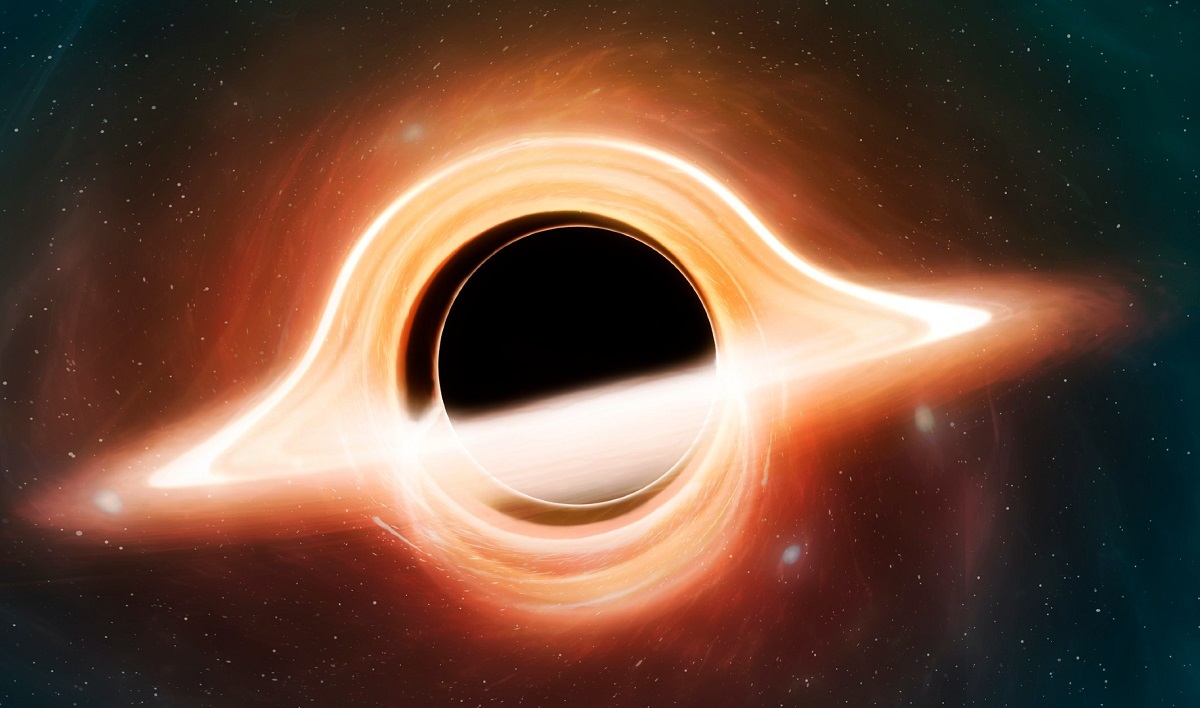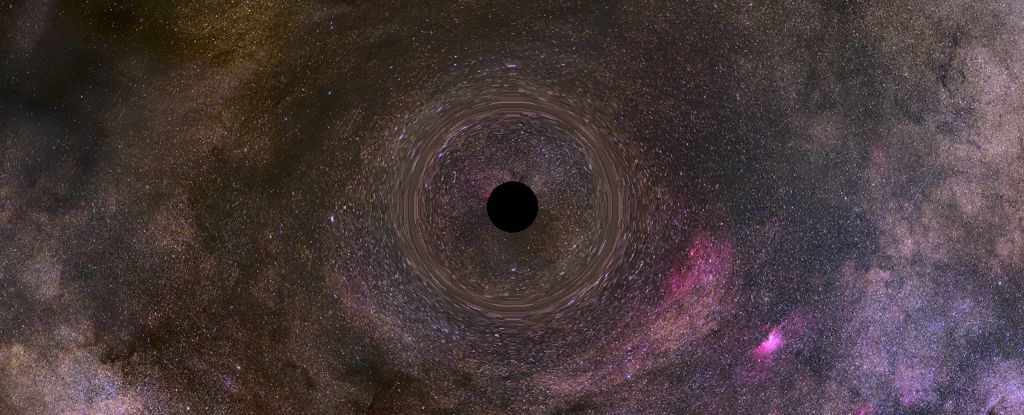Black holes in the universe can reach speeds of almost 29,000 km/s and leave their galaxies

Technological progress gives scientists new tools for studying the Universe, including black holes. Recently, researchers have learnt that these mysterious objects can reach speeds 10 times lower than the speed of light.
Here's What We Know
Previously, scientists assumed that black holes can move at a speed of no more than 5000 kilometres per hour relative to the point of birth. As the new modelling has shown, this is not the case at all.
The increased speed is "activated" when merging in a double system. In this case, two black holes approach, rotating around a common centre of mass, and after the merger formed a new black hole get a new trajectory and speed increase.

Thanks to the new modelling scientists had to raise the bar for the limiting speed of such objects to almost 10% of the speed of light (299,792,458 km / s). As it turned out, the black hole is able to accelerate to 28,562 ± 342 km / s.
This speed allows black holes to fly through their galaxies and even leave their limits. So far, scientists know of only one black hole that is accelerating. It is travelling at about 1540 km/s.
Source: Science Alert